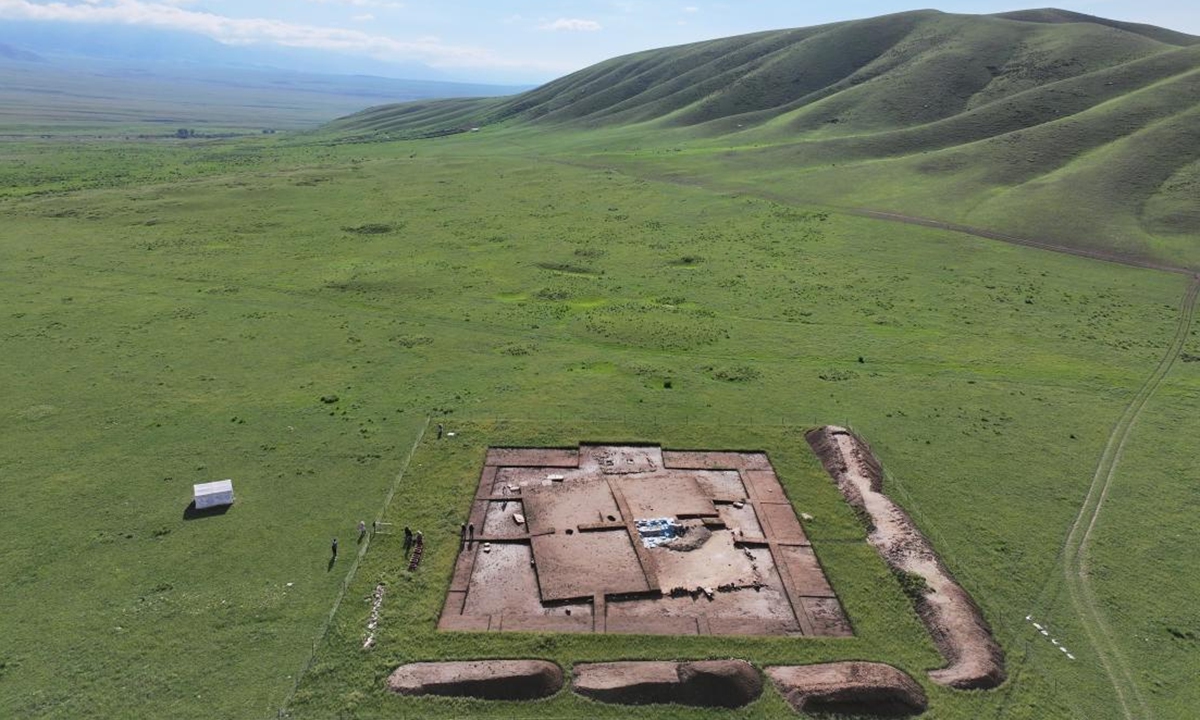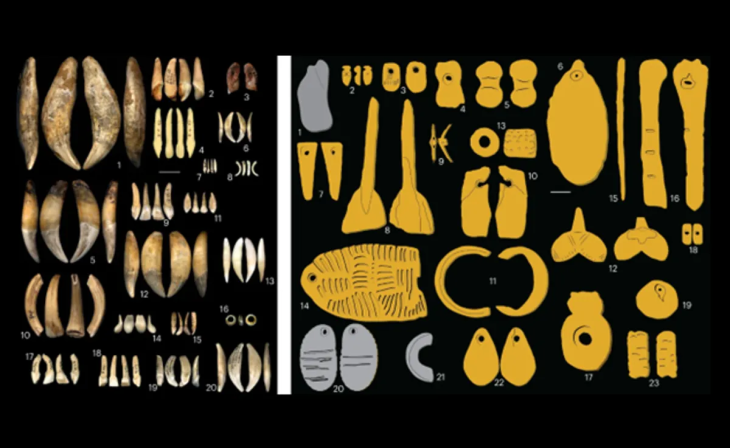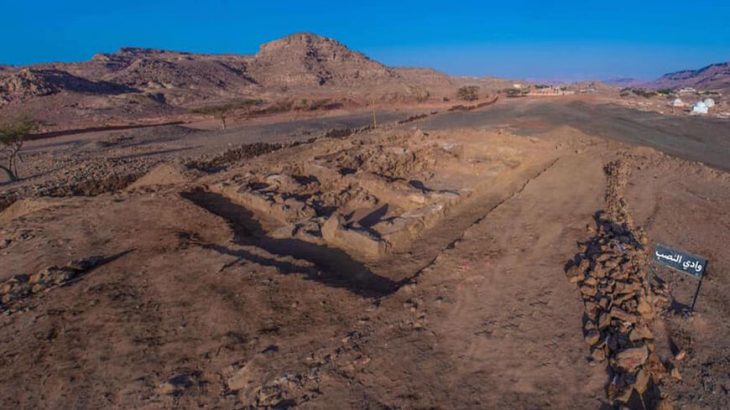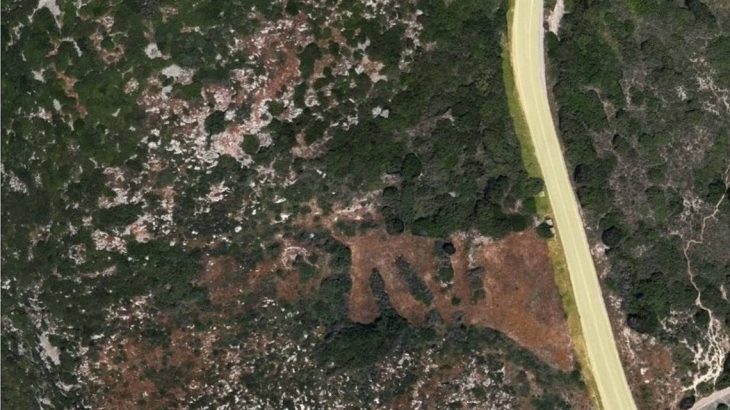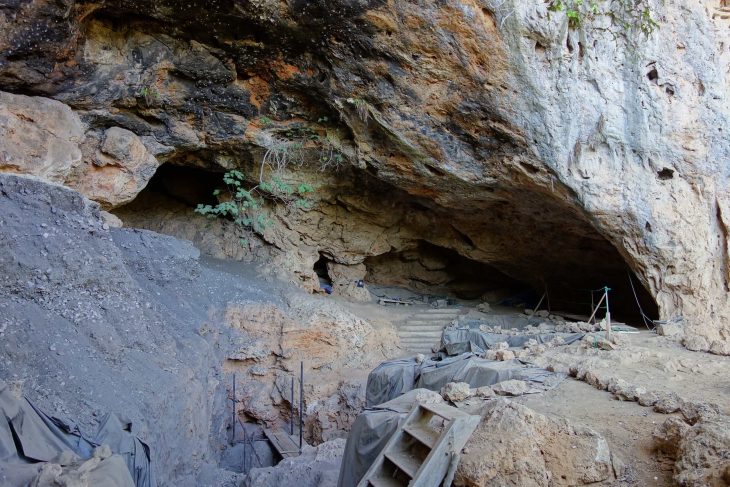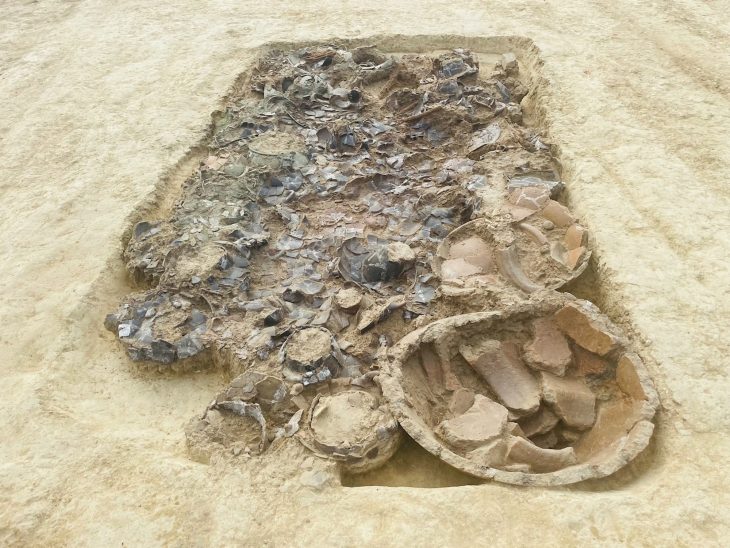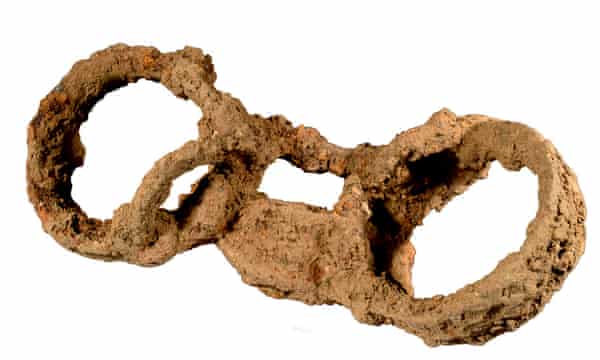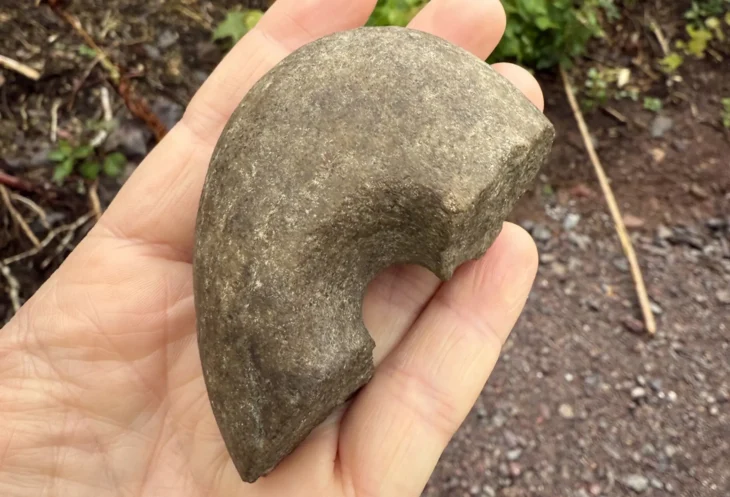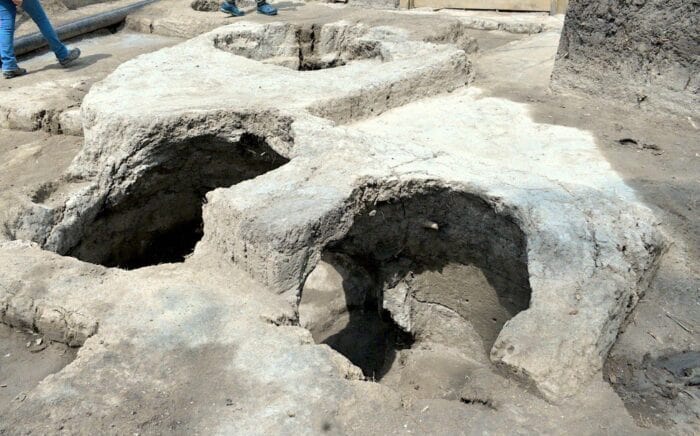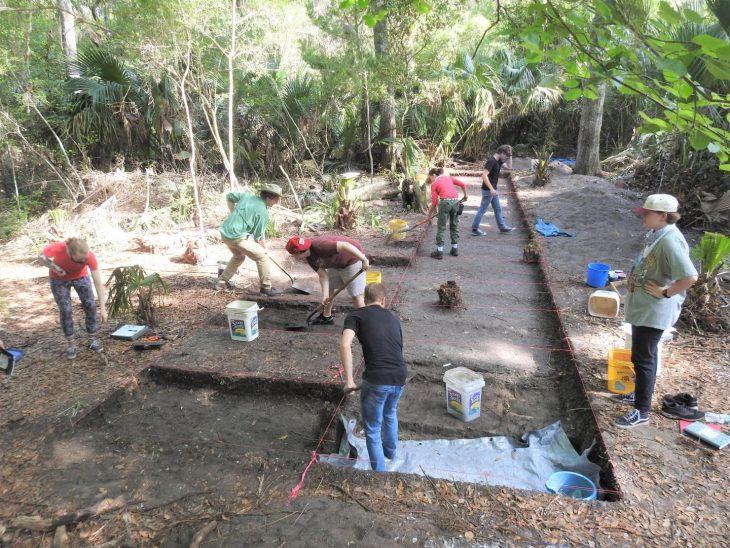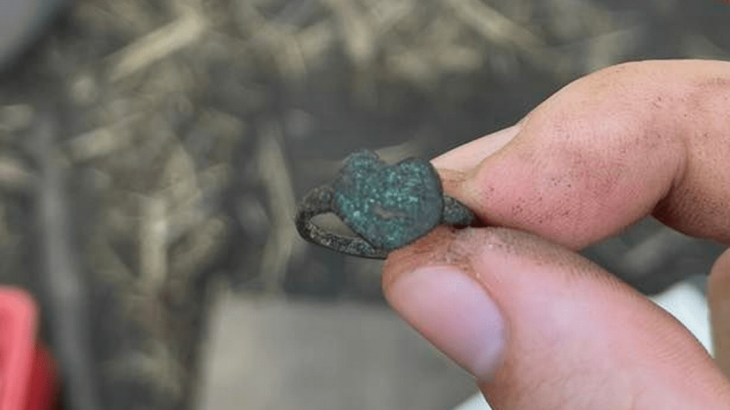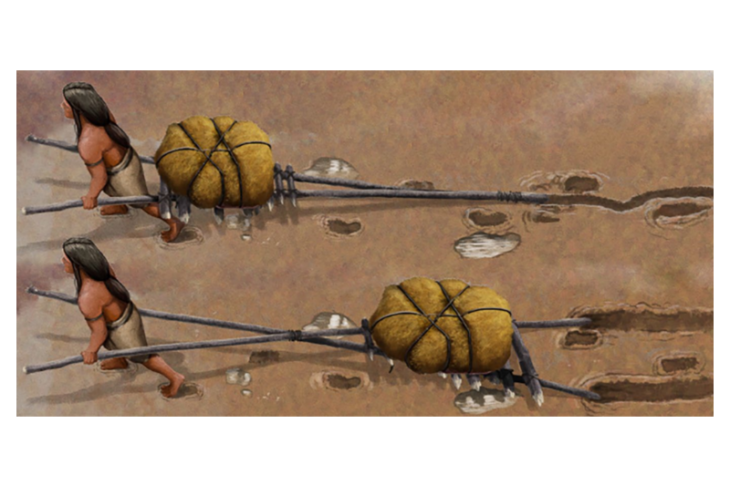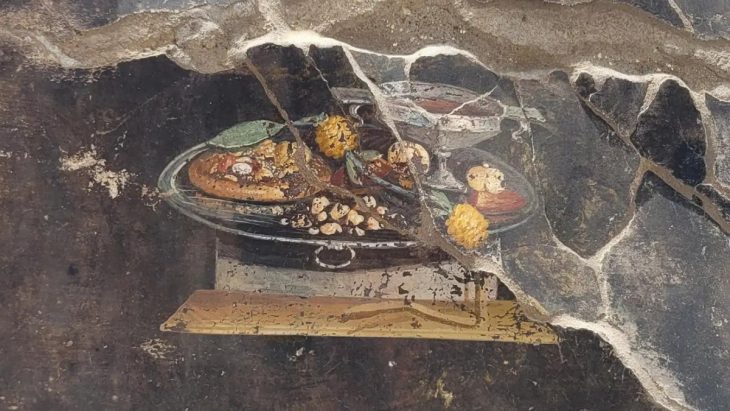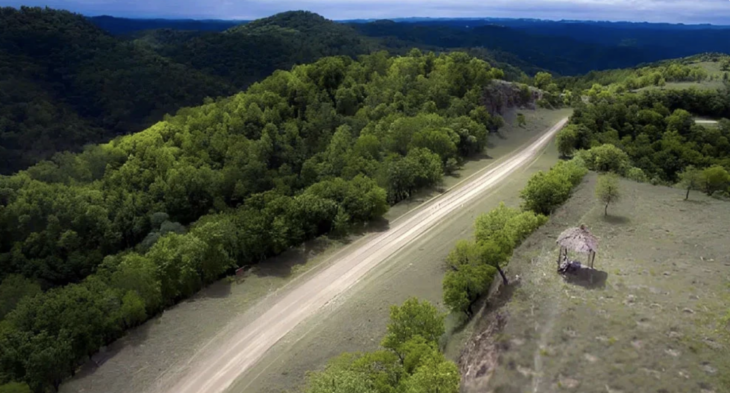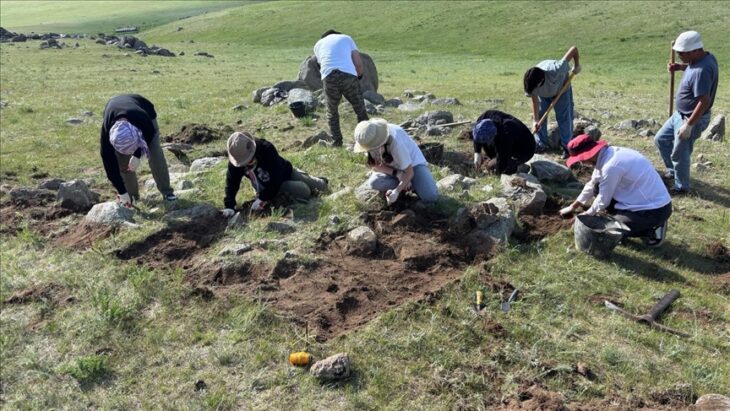Chinese archaeologists have recently uncovered a large and uniquely structured cemetery dating back to 2800-2600 BC, located about two kilometers southeast of the Husita site in Northwest China’s Xinjiang Uygur Autonomous Region.
Among the findings is a tin-bronze knife, recognized as one of the oldest bronze artifacts discovered in China and one of the earliest tin-bronze items found on the Eurasian steppe, according to state broadcaster CCTV.
The new burial ground, situated in the southeastern part of the Husita site, features an unusual large-scale cemetery from the 2800-2600 BC period.
Among the newly discovered graves is Tomb 1, or Z1, a rectangular stone-enclosed burial mound measuring 23 meters by 25 meters and approximately 1.2 meters high. Oriented to the southwest, this tomb is the earliest Bronze Age structure uncovered in Xinjiang to date.
“While similar tombs from the same era have been found in surrounding areas, the unique design of Z1 marks a breakthrough in Xinjiang’s Bronze Age archaeology,” said Jia Xiaobing, director of the world archaeological research office at the Institute of Archaeology of the Chinese Academy of Social Sciences.
📣 Our WhatsApp channel is now LIVE! Stay up-to-date with the latest news and updates, just click here to follow us on WhatsApp and never miss a thing!!
Archaeologists revealed that square stone-enclosed tombs from the Middle Bronze Age (2600-1800 BC) were traditionally concentrated in the Altai Mountains and surrounding areas, while those from the Late Bronze Age (1800-1000 BC) were primarily found in the Altai Mountains and the western Tianshan region.
The discovery of the Z1 tomb extends the distribution of this tomb style to the early Bronze Age in the western Tianshan Mountains, providing new insights into the cultural landscape of this critical area, Jia noted.
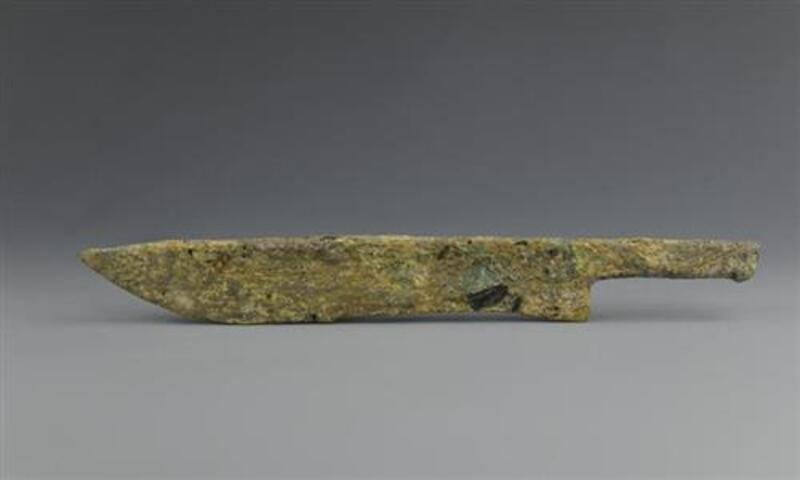
Furthermore, Jia emphasized that the burial customs, artifacts, and genetic materials recovered from the tomb offer additional evidence of cultural exchanges. The grave exhibits a blend of influences from the Altai Mountains to the west and distinct characteristics from the regions to the east, suggesting that a complex, intertwined cultural network may have played a significant role in the development of early Eurasian metallurgy.
In addition to the knife, the excavation yielded pottery, wooden artifacts, stone scepters, bone arrowheads, and a variety of personal ornaments such as earrings, beads, and pendants.
According to Jia, the Husita site, located about 40 kilometers northeast of Wenquan County in Xinjiang at the foot of the Alatau Mountains, served as a crucial passage for cultural exchange between the East and West. Artifacts uncovered here, including metalwork, pottery, and other crafts, illustrate the early developments in metallurgy and craftsmanship in the region.
The core area of the site consists of a large stone building complex, surrounding auxiliary structures, and a protective wall. This stone building complex covers over 5,000 square meters, making it the largest known architectural complex from the Bronze Age in the northern Tianshan Mountains.
Previously unearthed artifacts from the site include two complete horse heads, providing physical evidence to address questions regarding the origins of the domesticated horse in China. Additionally, 16 copper sets were uncovered, primarily consisting of weapons, tools, and ornaments.
Analysis shows that 10 of these copper items are made of tin bronze, with a relatively uniform tin content and only trace amounts of elements such as arsenic and zinc, indicating that the alloying techniques used for these copper items were already highly developed and advanced.
Human bone samples unearthed from the cemetery indicate that most results fall within the range of 1682 BC to 1431 BC, which aligns with the typology of pottery found at the site.
The discoveries at Husita contribute significantly to our understanding of prehistoric periods, and ongoing archaeological research continues to attract both local and international interest, enhancing knowledge of the area’s rich historical tapestry.
Cover Image Credit: The Husita site. CCTV News

